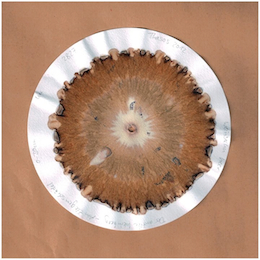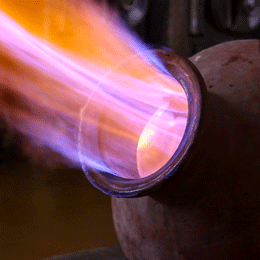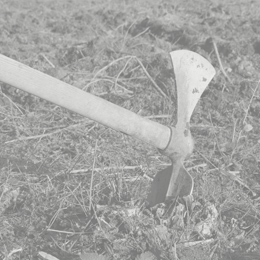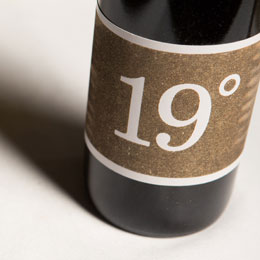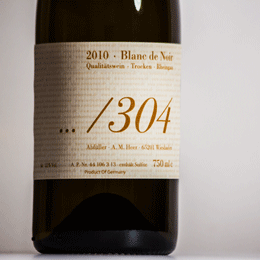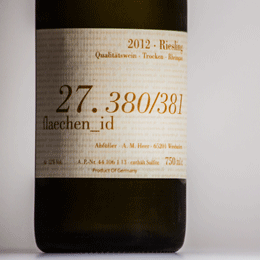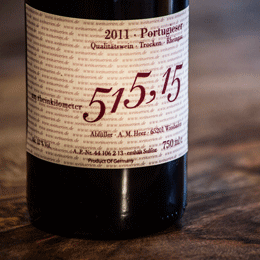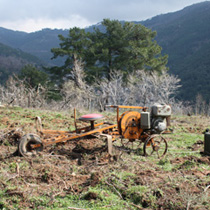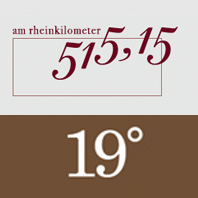the chroma soil test provides statements about the ecological status of a soil and its humus quality. We achieve a high fertility of a soil not by mechanical tillage or mineral fertilizers, but rather by the component animal which disappeared completely from agriculture in recent decades.
Chromatography describes the separation of mixtures, in our case, a soil solution, developed by absorbation and binding effects on an exposed filter paper. Thus, each winemaker can produce a footprint of his soil all by himself. This chemical and scientific procedure adds one more method of an image generating soil quality analysis.
The chroma of Kazaviti (Thasos) comes from our “mother earth” Boula’s Vineyard, which was planted in 2014 with 800 vines. Previously, we analyzed a high enzyme activity and very good colloidal humus. The soil has an exceptionally loose crumb structure, good ventilation properties and sufficient nitrogen reserves. This soil has never been treated with herbicides or with mineral fertilizers. A treasure that enjoys rarity status within the Anthropocene era.

